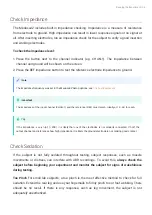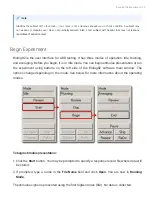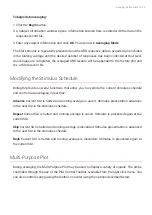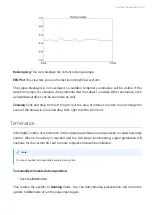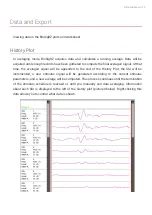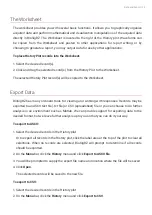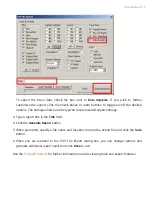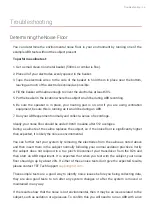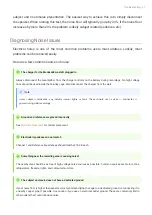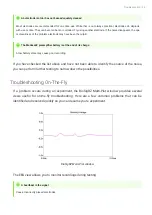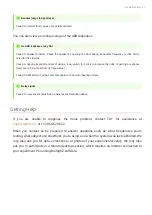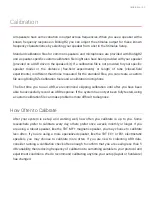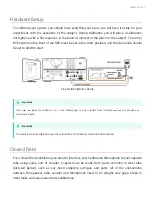
Setting
Notes
Response Record File
All the data collected and displayed in the History pane during the ABR test are
stored in a response record
fi
le (.arf).
You can specify a name in the setup window or select the Prompt for File Name
check box to be prompted for a name before each recording session. You will be
prompted each time you click Begin.
Duration
10 ms
Important!:
The acquisition duration cannot be more than 95% of the presentation
period
Setup Inputs | Chan-1 | Source
Medusa4Z
The Bioamp selection determines that the signal will be acquired via the RZ6's
fi
ber
optic input port. The Medusa4Z is used for ABRs.
Also, be sure to set the expected sampling rate to 12kHz, which is how we
con
fi
gured the sampling rate of the Medusa4Z in
. This is set
using the drop down menu in the Acquisition Setup screen immediately below the
'Medusa4Z'
fi
eld.
Number of Averages
512
Why?
For most experiments, 512 is a good balance between averaging enough
responses to get good signal quality and few enough to minimize the time to
complete testing. To
fi
nd the right balance for your experiment, weigh factors such
as length of sedation, purpose of testing (quick deafness screening vs threshold
testing) and number of subjects to be tested.
The typical range is 256 -- 1024
averages.
Note:
Subjects with hearing loss often require more averages than normal hearing
subjects.
Gain
1
Why and Where?
The Medusa4Z has unity gain and the BioSigRZ Acquisition setup
gain should be set to 1x.
BioSigRZ Software | 26

















